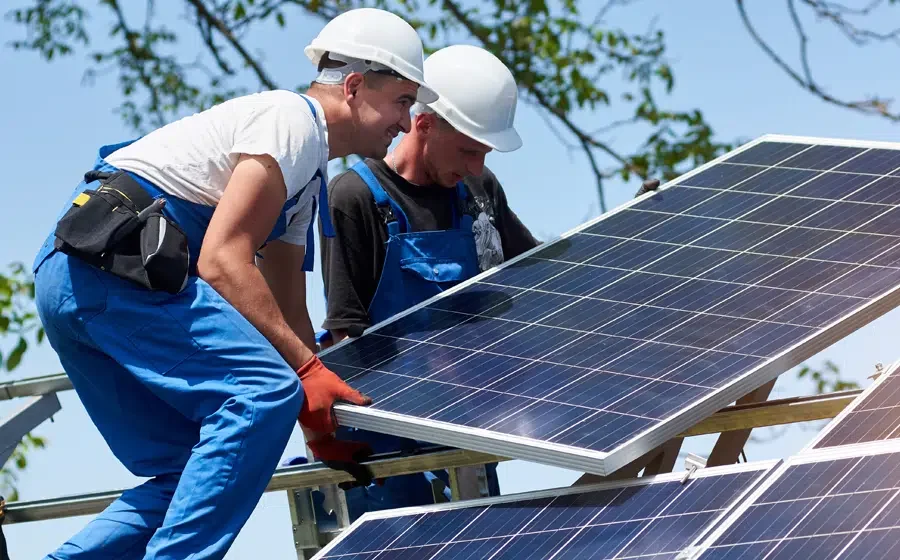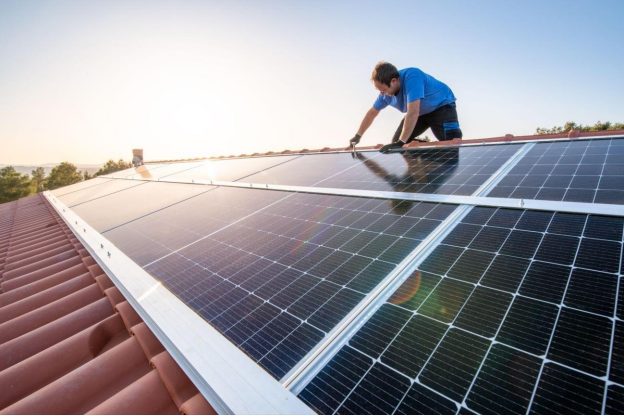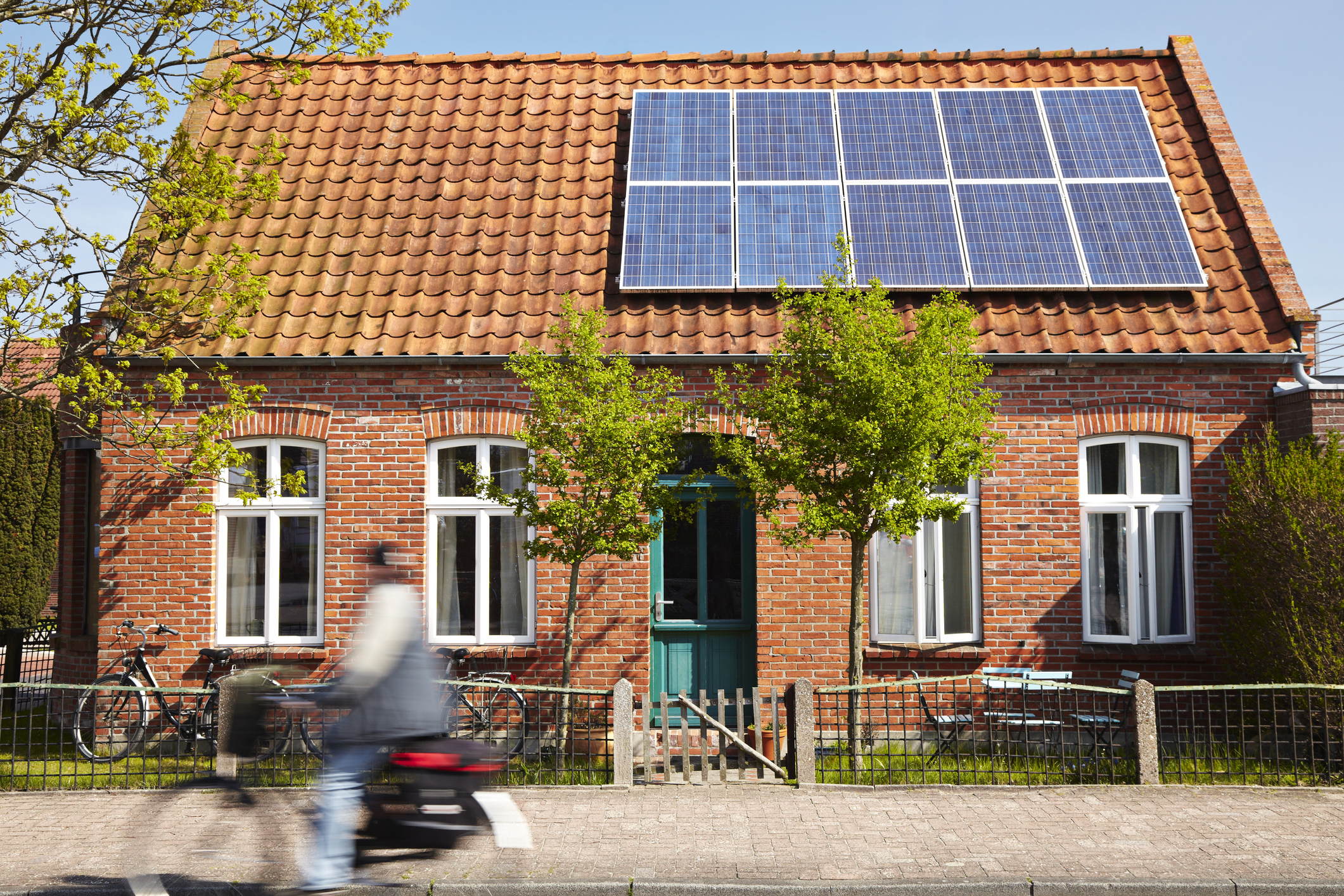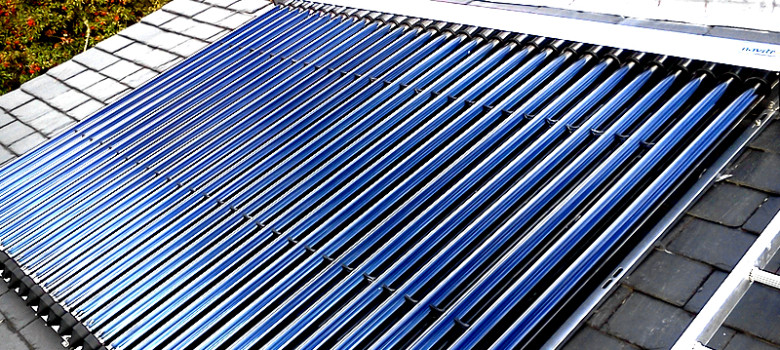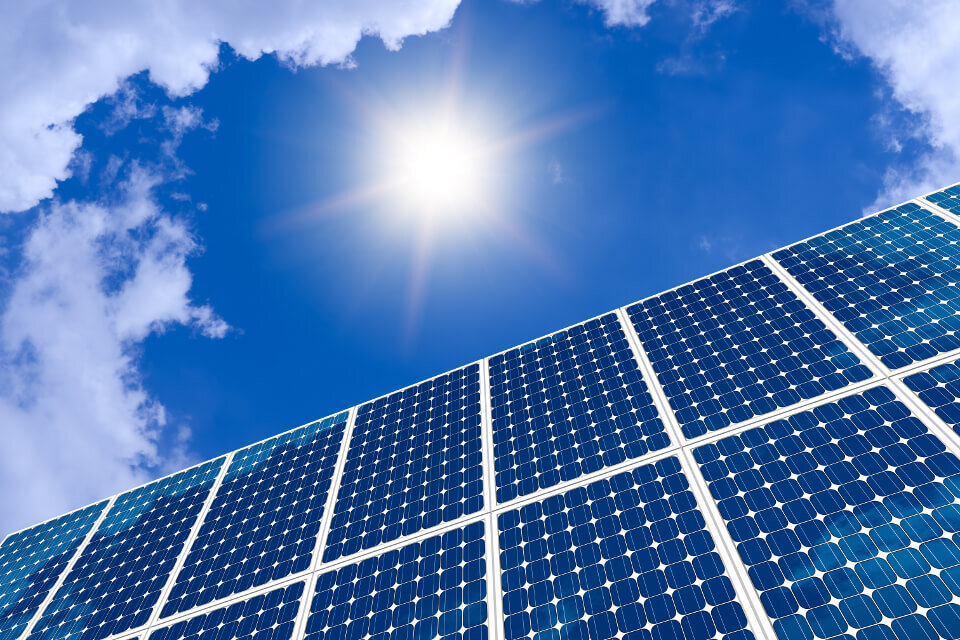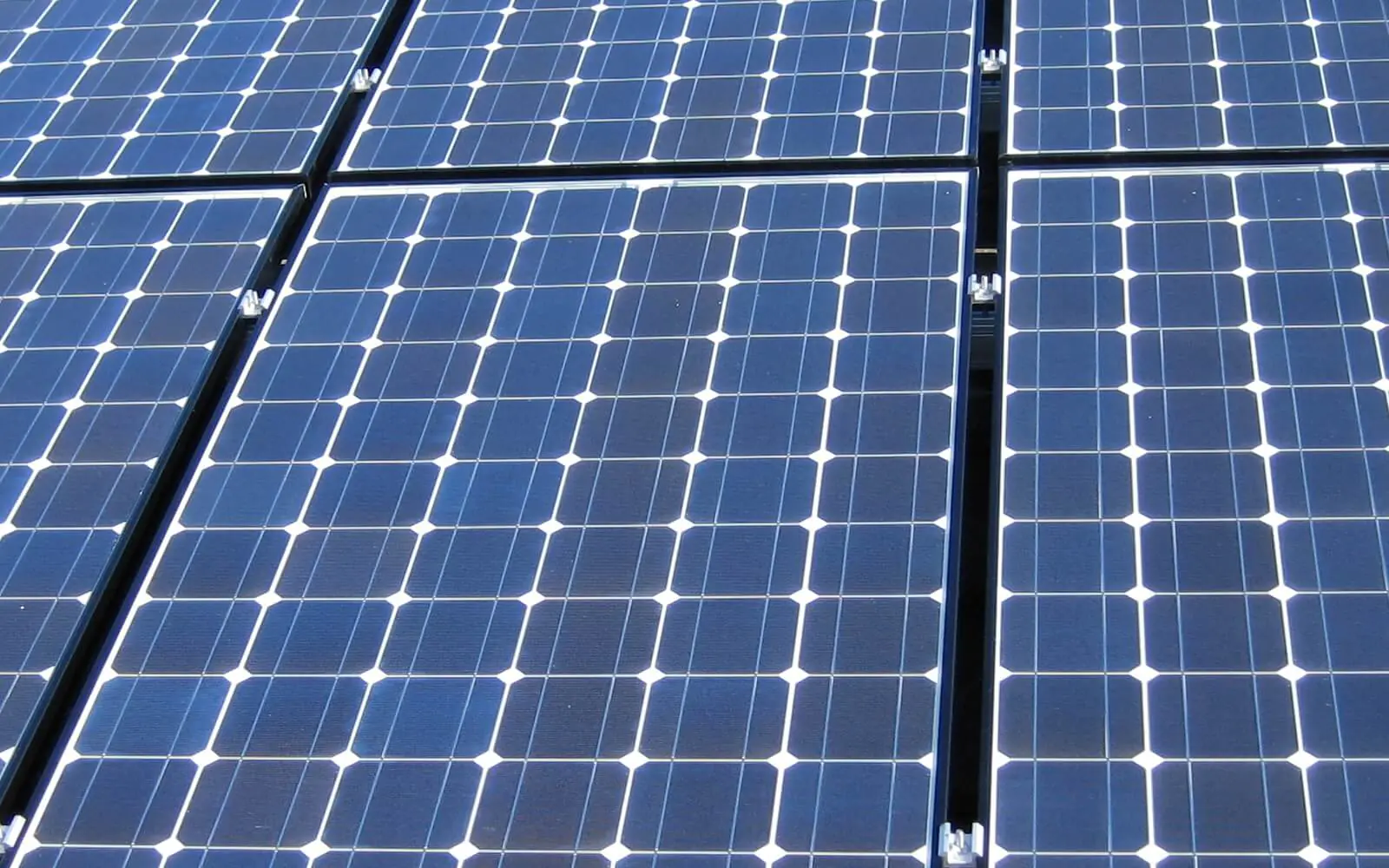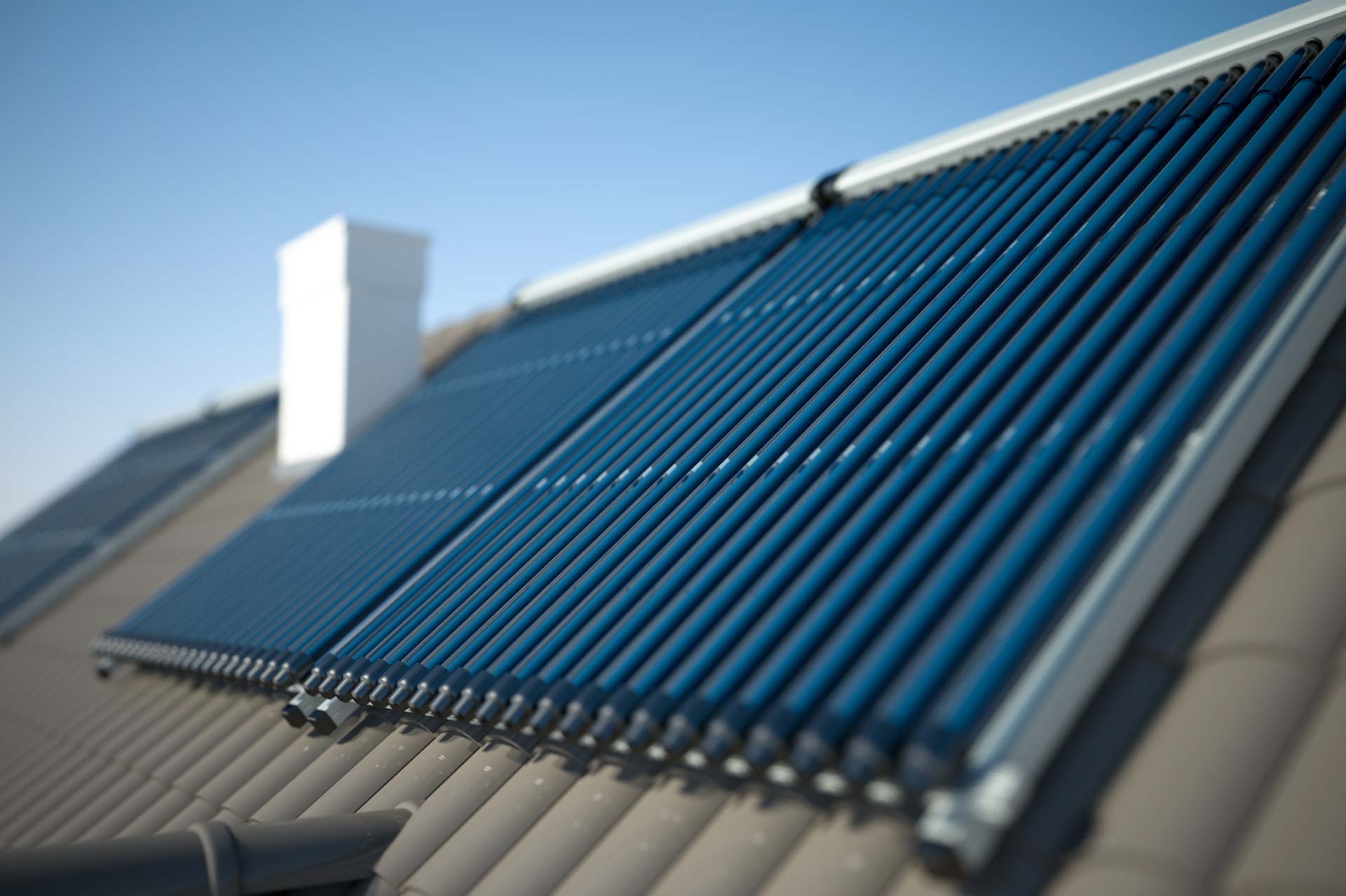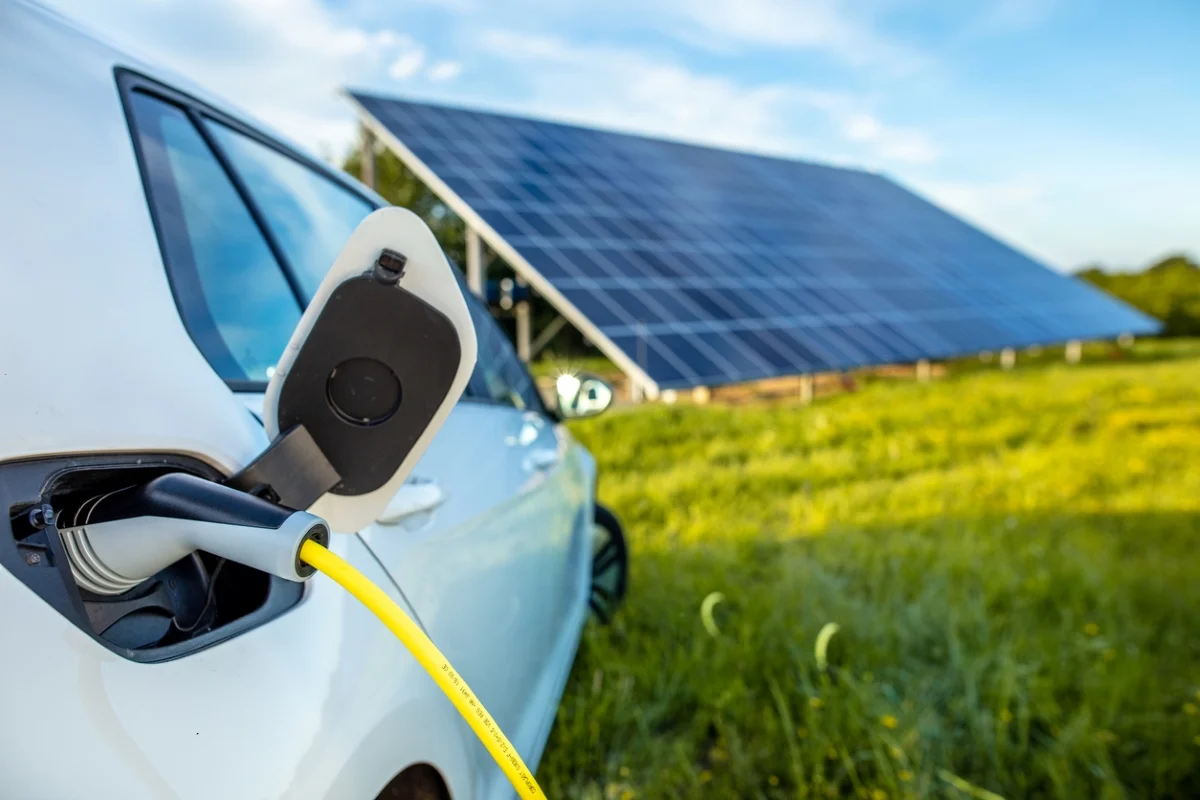- Monocrystalline solar panels are the most cost-effective option
- Perovskite panels are more efficient and will be on the market soon
- Thin film panels are the cheapest, most versatile choice
It’s confusing enough trying to find solar panel prices, never mind choosing between the different types of solar panels to pick the right one for your home.
Within this guide, we will delve into the nine distinct categories of solar panels: monocrystalline, polycrystalline, thin film, transparent, Concentrator Photovoltaics (CPV), Passivated Emitter and Rear Contact (PERC), perovskite, solar tile, and solar thermal.
We will elucidate their primary distinctions, associated costs, efficiency ratings, and durability, empowering you to make an informed decision based on your specific requirements.
If you already have a clear understanding of the type of panels suitable for your home, the next step is to compare prices. Expedite this process by entering your details in this concise form. We will connect you with our reputable local installers, who will furnish you with prices for thorough comparison.
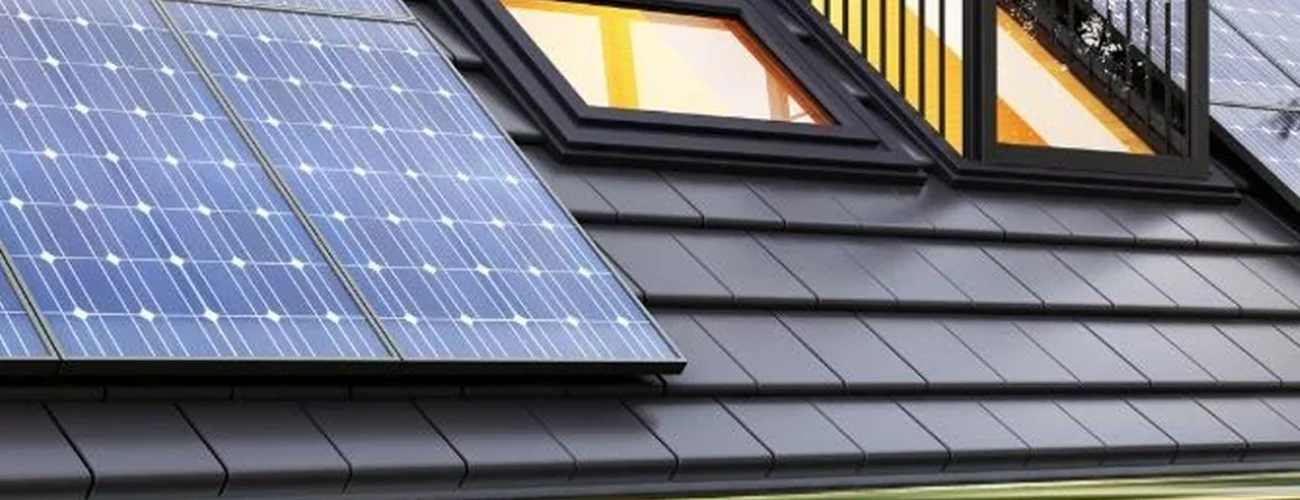
What's on this page?
What are the 9 types of solar panel?
Nine primary types of solar panels include monocrystalline, polycrystalline, thin film, transparent, Concentrator Photovoltaics (CPV), Passivated Emitter and Rear Contact (PERC), perovskite, solar tile, and solar thermal.
Each panel type possesses its unique set of advantages and disadvantages, making them more suitable for certain homes than others.
For a comprehensive overview, here’s an analysis of each panel’s performance concerning cost, efficiency, durability, and current availability for purchase.
| Type of solar panel | Cost per m² | Efficiency (%) | Lifespan (years) | Commercially available? |
|---|---|---|---|---|
| Monocrystalline | £393 | 18-24 | 25-40 | Yes |
Polycrystalline | £325 | 13-16 | 25-30 | Yes |
Thin film | £99 | 7-13 | 10-20 | Yes |
Transparent | £250 | 1-10 | 25-30 | Yes |
| CPV | N/A | 35-50 | 25-35 | No |
| PERC | £360 | 17-20 | 25-35 | Yes |
| Perovskite | N/A | 28.6-33.7 | 25-30 | No |
| Solar tile | £294 | 10-20 | 25-30 | Yes |
| Solar thermal | £670 | 70* | 20-25 | Yes |
* Solar thermal panels convert sunlight into heat, not electricity
Monocrystalline solar panels
Comprising single-crystal silicon, monocrystalline panels undergo a process involving melting into bars, wafer cutting, and treatment with an anti-reflective coating, resulting in enhanced efficiency and a darker aesthetic.
While these visually appealing black solar panels come with a higher price tag compared to alternatives, they stand out as the most efficient choice for residential households. Numerous companies currently provide systems boasting over 22% efficiency.
They’re absolutely worth buying if you can afford the cost, which is usually between £4,000 and £12,000, because they typically cut your electricity bills by 64%, and you’ll break even on them after 14.1 years.
Polycrystalline solar panels
Produced by melting multiple silicon crystals and pouring them into a square mould, polycrystalline solar panels acquire their distinctive blue mosaic appearance.
These panels are marginally more environmentally friendly than their monocrystalline counterparts due to less silicon wastage during manufacturing, making them a cost-effective choice.
However, despite being a more economical option, polycrystalline panels incur a higher cost per watt of power output. With approximately one-third less efficiency than monocrystalline panels, achieving the same power output requires utilizing more roof space. Consequently, investing in a solar array with polycrystalline panels may result in higher costs and a less sleek, modern appearance.
Thin film solar panels
Thin film solar panels are crafted by layering multiple thin films of photovoltaic material—such as amorphous silicon, cadmium telluride, copper indium gallium selenide, or organic PV cells—on top of each other.
With an efficiency rating ranging from 7% to 13%, thin film panels exhibit lower efficiency compared to other solar panel types. Nevertheless, their primary advantage lies in their flexibility.
Ideal for homes with restricted roof space, these panels can be contoured around objects or suit mobile homes like recreational vehicles. While typically more budget-friendly than monocrystalline and polycrystalline panels, their pricing may fluctuate depending on local suppliers, given their less widespread availability.
Transparent solar panels
Transparent solar panels can be affixed onto glass surfaces, enabling the generation of solar energy while still permitting sunlight to pass through. There’s a vision for their integration into all windows, mobile phones, and greenhouses in the future.
While already accessible for household use, their relatively low efficiency and higher cost often render them less practical for individual homes. Instead, these panels find greater utility in commercial buildings, where the aggregate savings across numerous windows become more substantial.
Current models share similarities with thin film panels, but advancements involve the utilization of a transparent luminescent solar concentrator. This innovation allows for the absorption of light, particularly ultraviolet and infrared, invisible to humans. Some models on the market achieve up to 86% transparency, although the available versions typically fall within the range of 30% to 40%.
Concentrator Photovoltaics (CPV)
Concentrator Photovoltaics (CPV) involves the concentration of sunlight using curved mirrors or lenses, directing it onto small, highly efficient solar cells.
This process achieves intensities surpassing 1,000 suns, notably higher than the ideal scenario for an average household solar panel, which typically operates at an intensity of one sun.
CPV systems often incorporate solar trackers to optimize sunlight exposure throughout the day and cooling equipment to prevent overheating of the network.
Primarily situated in warm regions, CPV arrays are commonly found in countries such as Spain, South Africa, and the US. Typically owned by energy companies, these arrays sell the generated electricity to the national grid.
Passivated Emitter and Rear Contact (PERC)
Passivated Emitter and Rear Contact (PERC) is a technological enhancement applicable during the manufacturing process of any residential solar panel, providing an efficiency boost.
This system involves rendering the rear side of the solar panel, which faces the roof, reflective. This reflective surface redirects any unabsorbed light back through the cell, affording the front side another opportunity to absorb it. Additionally, the passivation layer is engineered to absorb less heat, resulting in reduced efficiency loss during high temperatures.
However, PERC’s prominence may be waning. Presently, the top-tier solar panels favor technologies such as heterojunction (HJT) or Tunnel Oxide Passivated Contact (TOPCon). These advancements, building upon PERC, introduce additional features that significantly enhance a panel’s efficiency, rendering them more cost-effective for household use compared to PERC models.
Perovskite solar panels
Perovskite solar panels utilize perovskite, a synthetic material inspired by the crystal structure of a mineral bearing the same name.
This material is layered onto standard silicon, creating a tandem model. While silicon is proficient in absorbing the red end of the solar spectrum, perovskite excels in absorbing the blue part.
Remarkably, perovskite solar panels can achieve efficiencies of up to 33.7%, as demonstrated by a team of scientists in Saudi Arabia in May 2023 using a single perovskite-silicon cell. Simultaneously, in the same month, the British company Oxford PV announced that its full-sized panel had achieved an efficiency of 28.6%. Oxford PV plans to commence production of these groundbreaking panels for residential customers by the end of 2023.
Solar tile
Solar tiles operate by absorbing sunlight and converting it into electricity, akin to other solar technologies. Notably, these tiles are designed to resemble conventional roof tiles, seamlessly integrating with your roof. However, it’s essential to note that their installation involves replacing the entire roof.
While the aesthetics of solar roof tiles align with the existing roof, the limited market for these tiles and the associated roof replacement drive up costs compared to traditional solar panels. Additionally, solar roof tiles exhibit approximately 40% less efficiency than standard solar panels, resulting in comparatively lower annual savings.
Considering these factors, opting for solar tiles is advisable if you have the financial means, prefer their appearance over solar panels, or reside in a conservation area or listed building.
Solar thermal panels
Solar thermal panels harness the energy from the sun’s rays to warm your household’s hot water, focusing on heating rather than generating electricity.
Also known as solar water heaters, these panels cut a typical household’s heating bills by 50%, making them an important part of one of the cheapest ways to heat your home.
Constructed with either flat plate panels or evacuated tube collectors, these systems gather heat from the sun, warming a blend of glycol and water. This heated mixture circulates to the heat exchanger located within your hot water tank, transferring its warmth to your water supply.
These systems are straightforward to install and can be integrated with boilers and immersion heaters, although they are not a standalone solution.
Next steps
In the realm of residential solar panels, homeowners have the option of selecting from polycrystalline, monocrystalline, and thin-film varieties. The most suitable type for you will hinge entirely on your priorities.
Looking for a streamlined method to discover the ideal set of solar panels for your home? We can expedite this process.
Simply input a few details into this brief form, and allow us to take charge. We will connect you with our trustworthy local installers, who will furnish you with prices for comparison.
Get FREE Solar Quotes
Find out how much a solar solution would cost you
Complete A Short Form – Receive Free Quotes – Compare & Save
Get FREE Solar Quotes
Find out how much a solar solution would cost you
Complete A Short Form – Receive Free Quotes – Compare & Save


